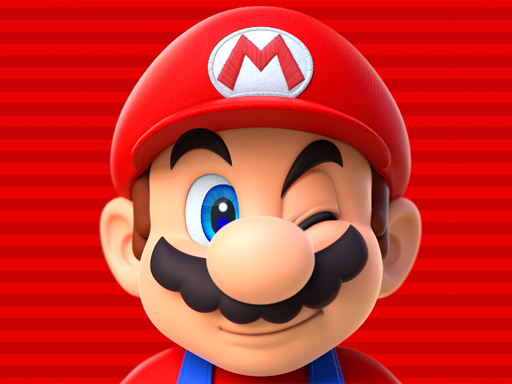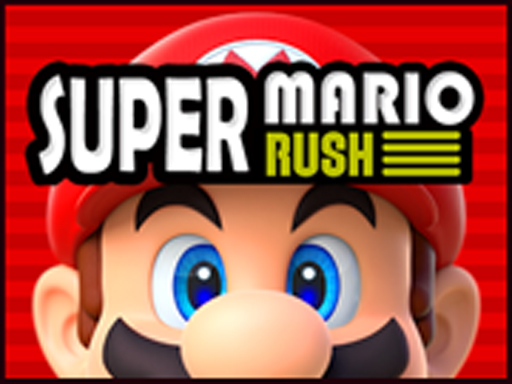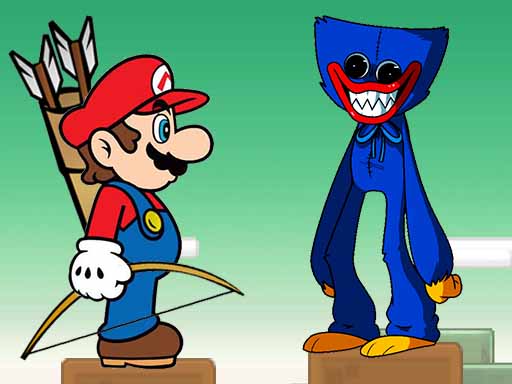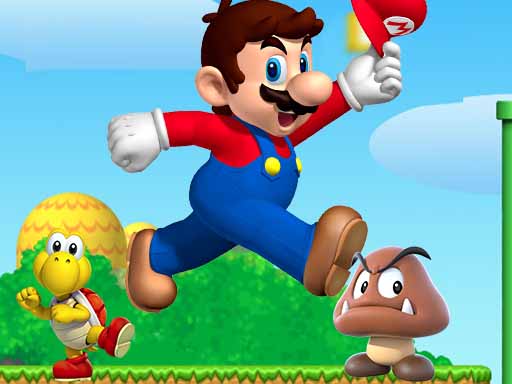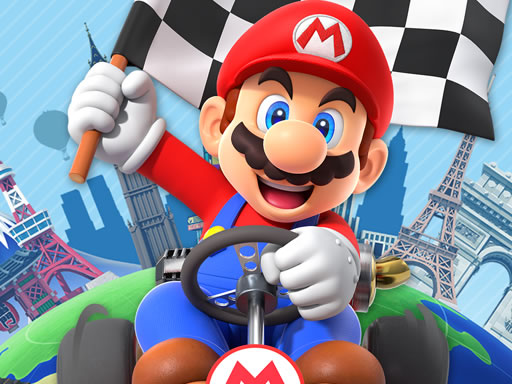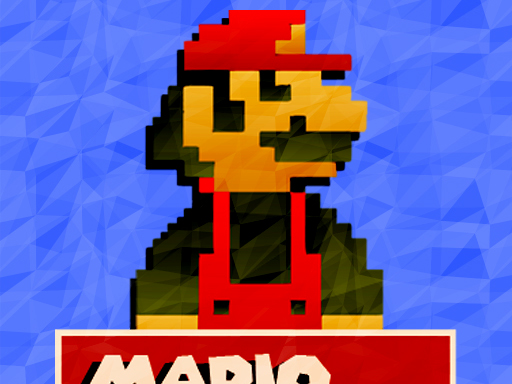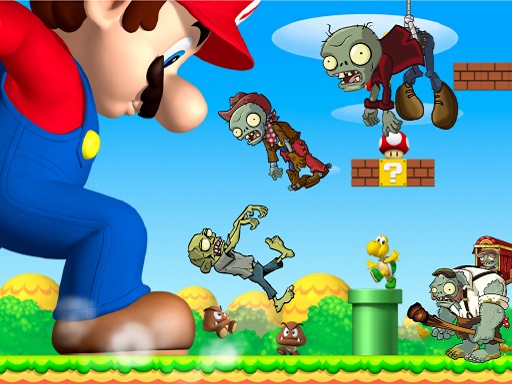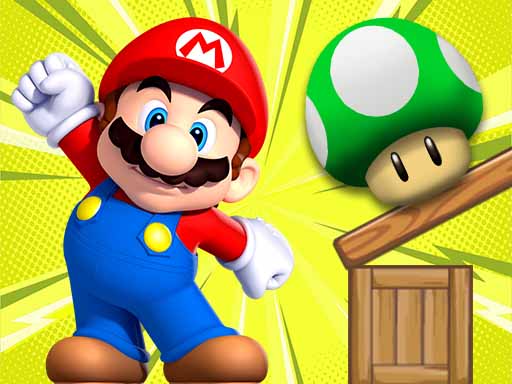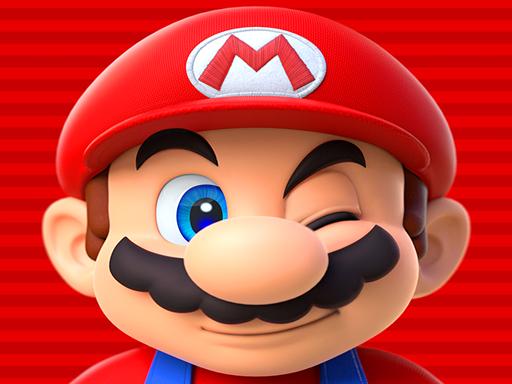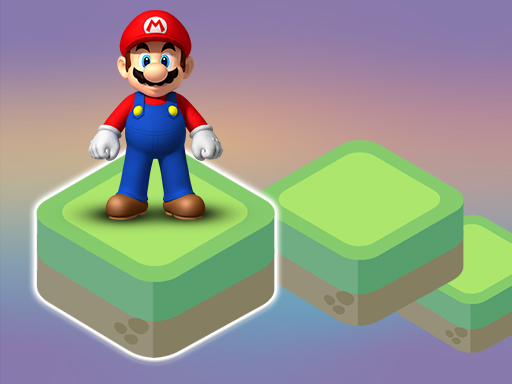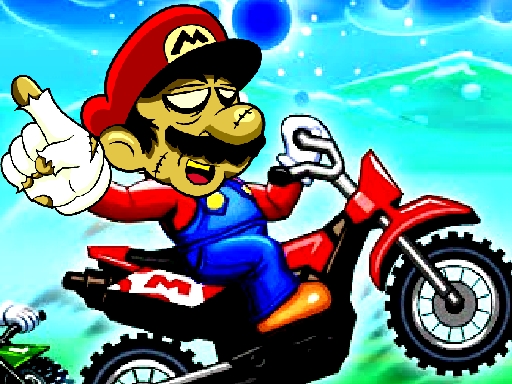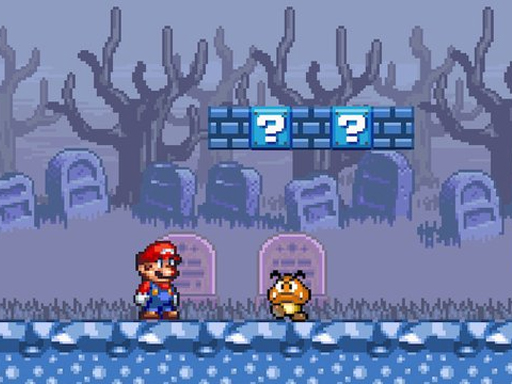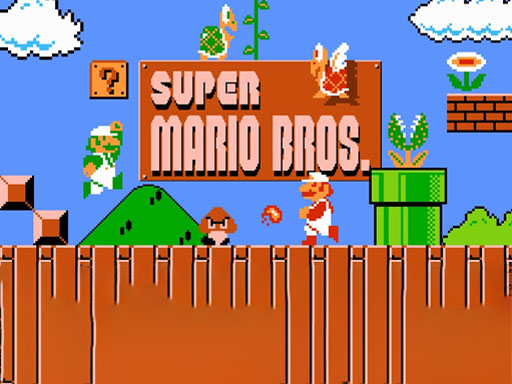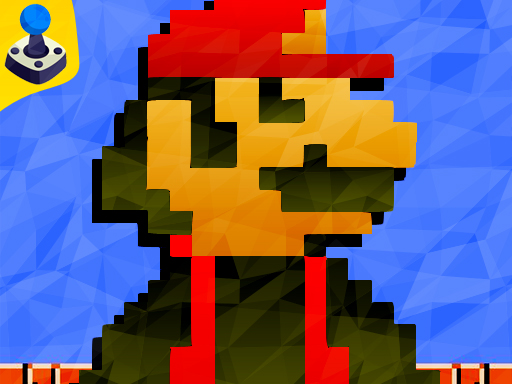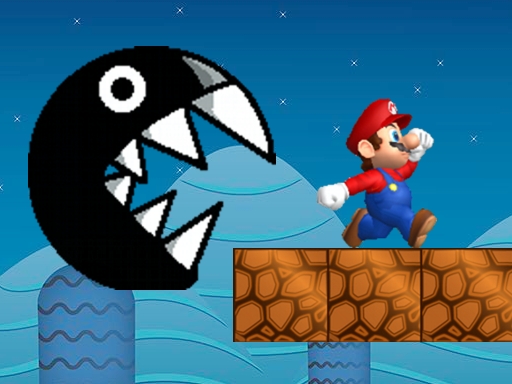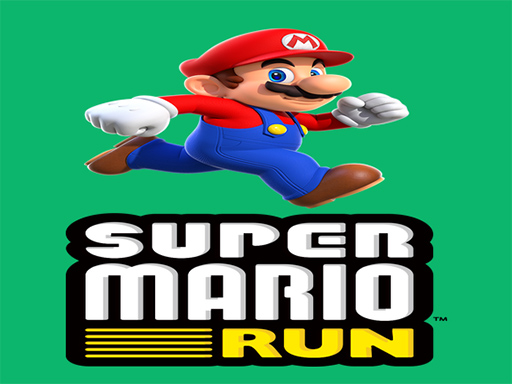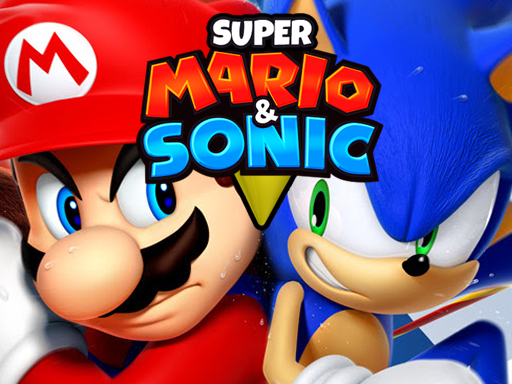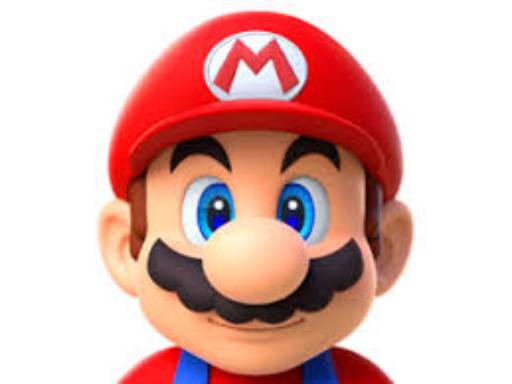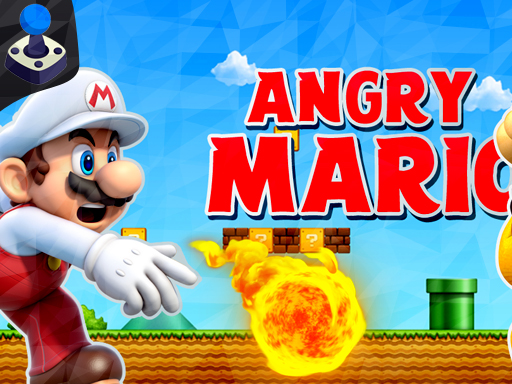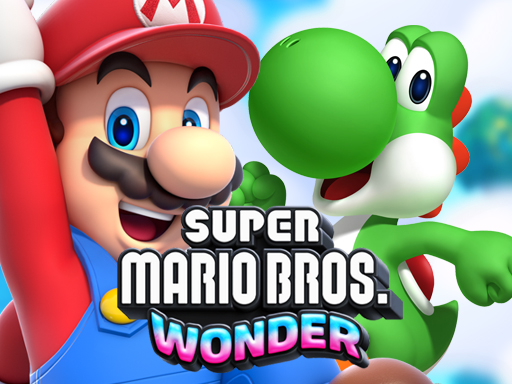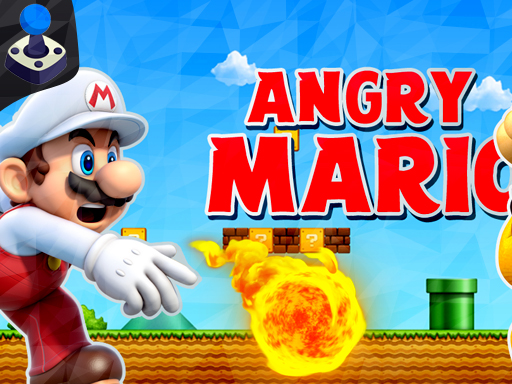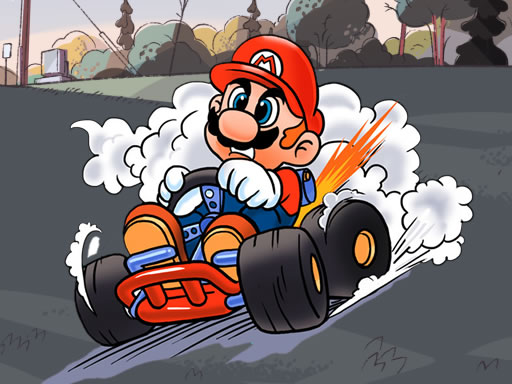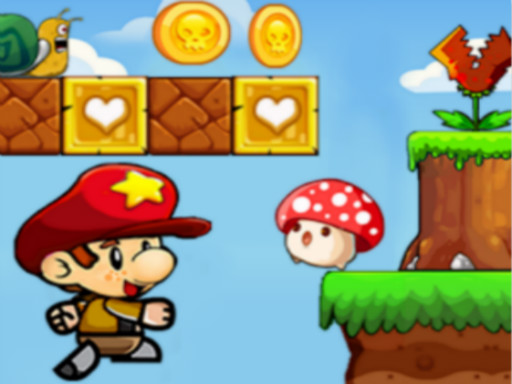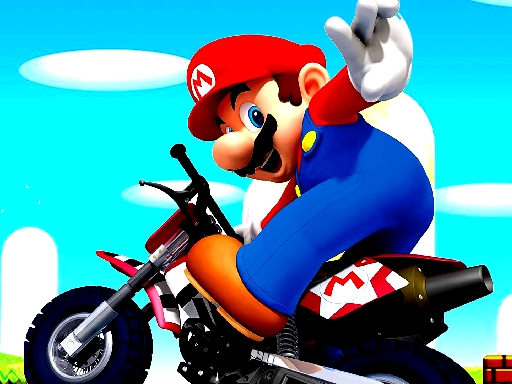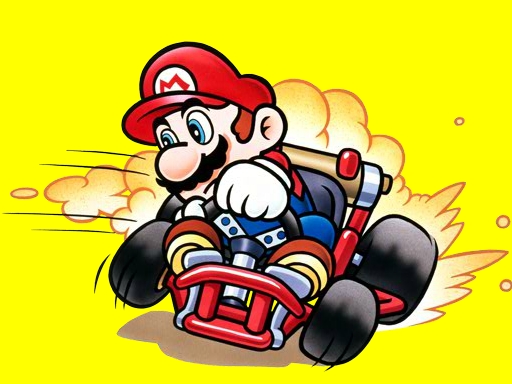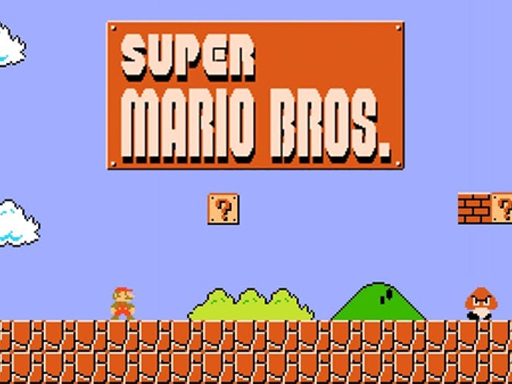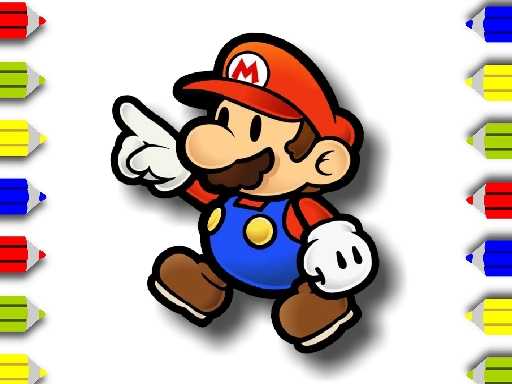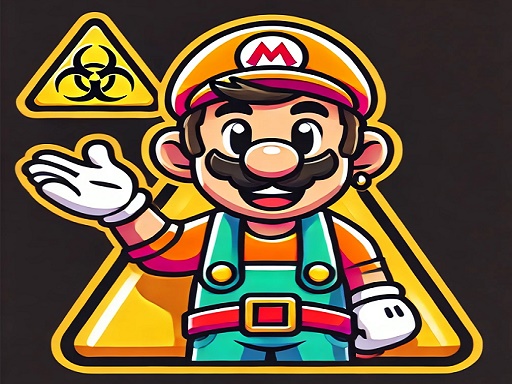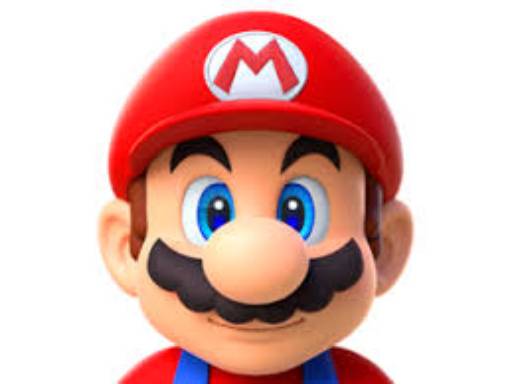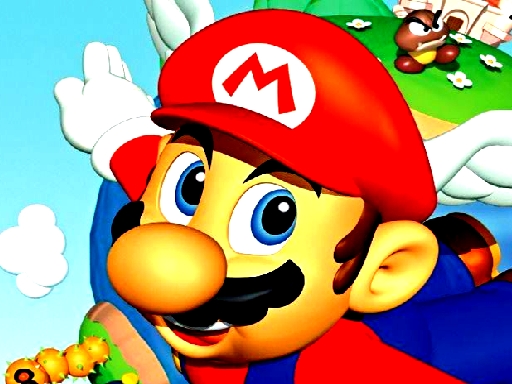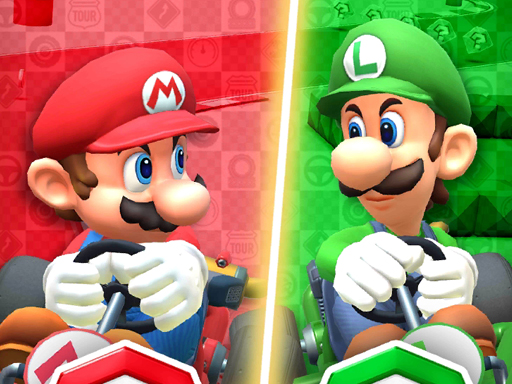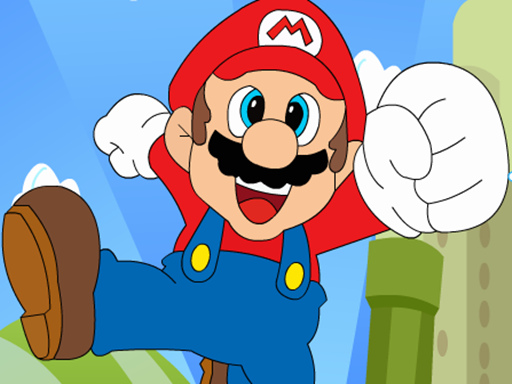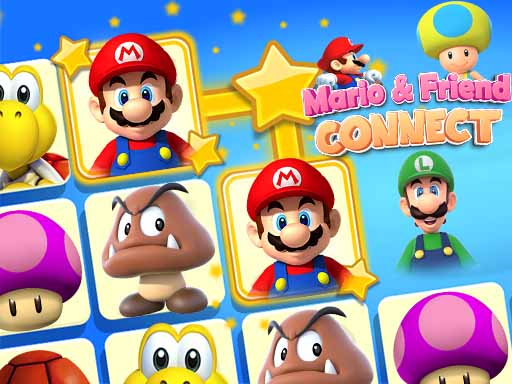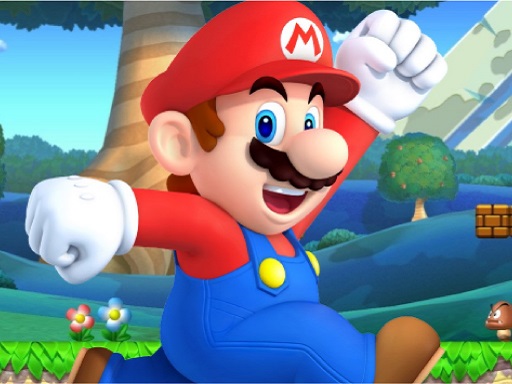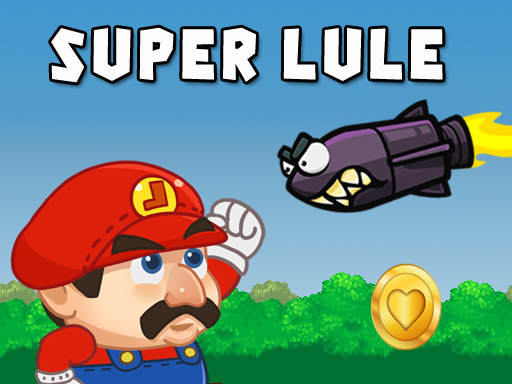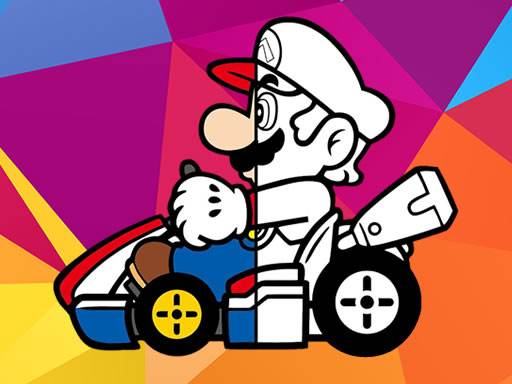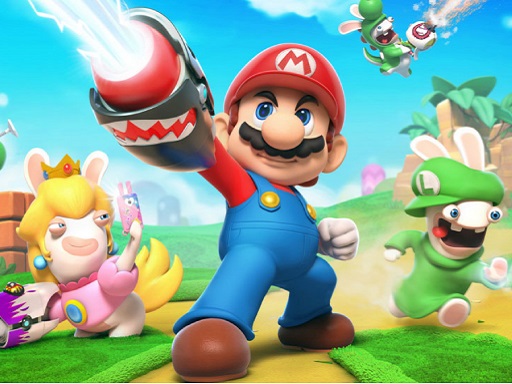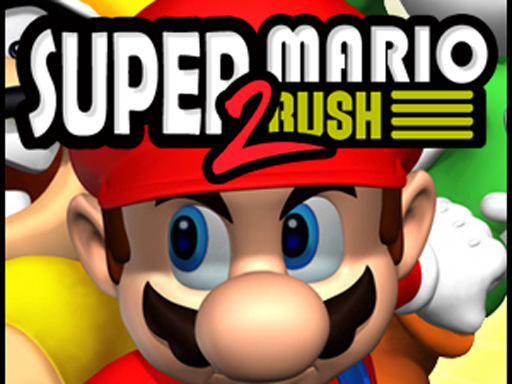
There's a common misconception that "Super Mario Run 2" is either released or actively in development. As of May 2025, there is no official "Super Mario Run 2." Nintendo has not announced a sequel to the 2016 mobile auto-runner.
The original Super Mario Run was a significant step for Nintendo into the mobile gaming market, bringing the iconic plumber to smartphones with a unique auto-running gameplay style. While it offered a polished experience and a taste of Super Mario on the go, its premium pricing model (a one-time purchase after a free demo) in a predominantly free-to-play market likely impacted its long-term financial performance compared to other mobile giants.
Nintendo's strategy for mobile gaming has shifted since then. While they continue to maintain and update existing titles like Fire Emblem Heroes and Mario Kart Tour, and even release occasional limited-time events in Super Mario Run, their primary focus remains on their dedicated gaming hardware, particularly the Nintendo Switch and its future iterations. Shigeru Miyamoto himself has stated that mobile apps "will not be the primary path of future Mario games," indicating a stronger emphasis on console experiences for the core Super Mario game series.
FAQs about "Super Mario Run 2" (and the original)
Q1: Has "Super Mario Run 2" been officially announced or released? A1: No, there has been no official announcement or release of "Super Mario Run 2" from Nintendo.
Q2: Will there be a "Super Mario Run 2"? A2: While nothing is impossible in the gaming world, Nintendo has indicated that mobile games will not be the primary focus for future Super Mario titles. This suggests a direct sequel to Super Mario Run is unlikely in the near future, as their main efforts are concentrated on console development.
Q3: What was Super Mario Run? A3: Super Mario Run was Nintendo's first full-fledged Super Mario game for mobile (iOS in 2016, Android in 2017). It's an auto-runner where Mario constantly moves forward, and players tap to jump over obstacles, collect coins, and reach the goal.
Q4: Why wasn't Super Mario Run more successful commercially? A4: While it had a strong initial download count, its one-time purchase price of $9.99 (after a free demo) was a significant barrier for many mobile gamers accustomed to free-to-play models with optional in-app purchases. This pricing strategy led to lower conversion rates compared to other top-grossing mobile games.
Q5: What are some other Super Mario games available on mobile? A5: Currently, other Super Mario IP games on mobile include Mario Kart Tour (a racing game) and Dr. Mario World (which was shut down in 2021). The core Super Mario platforming experience largely remains on Nintendo's dedicated consoles, such as the Nintendo Switch, with titles like Super Mario Odyssey, Super Mario 3D World, and Super Mario Bros. Wonder.
Pros and Cons of Super Mario Run (and why a sequel is unlikely)
Pros of the original Super Mario Run:
- Accessible Gameplay: The one-handed auto-runner design made it incredibly easy to pick up and play on a mobile device.
- Classic Mario Charm: It faithfully reproduced the vibrant visuals, iconic music, and familiar characters of the Super Mario universe.
- Polished Design: Levels were cleverly designed to work with the auto-runner mechanic, offering satisfying platforming challenges.
- Multiple Modes: Beyond the main "World Tour," "Toad Rally" offered competitive replayability, and "Kingdom Builder" added a customization element.
- Offline Play (with initial connection): Once downloaded and authenticated, much of the game could be played without a constant internet connection (though some features required it). Correction: The original required an always-on internet connection, which was a notable con for many users.
Cons (and reasons why a sequel is improbable):
- Pricing Model: The primary reason for its limited commercial success. The $9.99 premium price, while offering a complete game without predatory microtransactions, was a tough sell in a free-to-play dominant mobile market.
- Always-On Internet Connection (initial version): This was a significant drawback, especially for a mobile game, as it limited where and when players could enjoy it. Self-correction: While later updates made some aspects less reliant, the initial requirement was a major point of criticism.
- Limited Replayability (for some): While collecting all colored coins offered challenges, the linear auto-runner format could feel less open-ended than traditional Super Mario games like Super Mario World or Super Mario 64.
- Nintendo's Evolving Strategy: Nintendo's current focus is clearly on integrating hardware and software. They see mobile games more as a way to expose more people to their IPs and potentially draw them to their consoles, rather than as a primary revenue stream for flagship franchises. The company is protective of its core IP and prefers to innovate on its own hardware, as seen with Super Mario Odyssey and Super Mario 3D World.
- Competition: The mobile gaming market is highly competitive, and consistently generating massive profits from a premium-priced title is challenging.
In essence, while Super Mario Run was a well-crafted mobile experience, its commercial performance and Nintendo's strategic shift suggest that a "Super Mario Run 2" is unlikely to be a priority for the company. Fans looking for new Super Mario adventures will likely continue to find them on Nintendo's dedicated gaming consoles.
